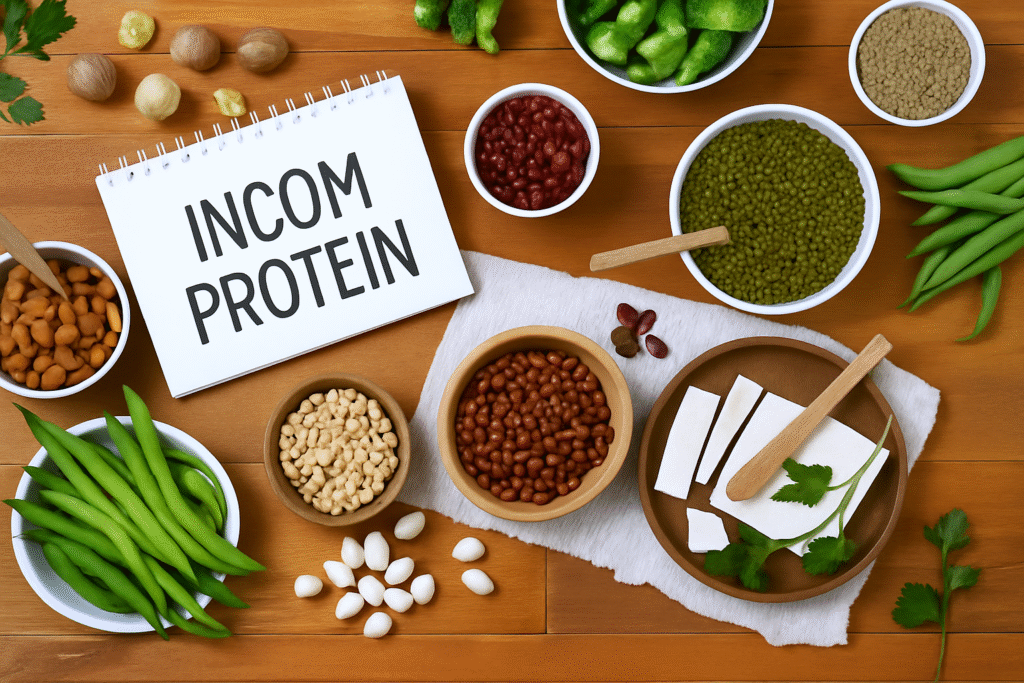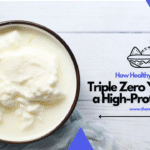Think of protein as a box of crayons; animal products usually come with all nine essential colors. But plant proteins may be lacking one or more. If you are a vegetarian, don’t be sad, we have good news for you. The missing color does not means that the picture cannot be formed well. It just means you may need to use other boxes or food items to complete it.
Let’s dive into incomplete proteins, what they are, why they matter, and how they fit into a real-life diet? We’ll keep it cool and sentence-free, but always with an easy-to-read, clinical edge where needed.
Understanding Proteins and Amino Acids
Proteins are the building blocks of your muscles, enzymes, hair, nails, and everything else that makes you you. They are made up of 20 amino acids, nine of which are considered essential amino acids. This means that your body does not make these amino acids, so you need to consume them from food.
Essential vs Non‑Essential Amino Acids
There are a total of 20 amino acids, nine of which are essential while the rest are non-essential. Your body cannot produce nine essential amino acids, so diet is the only way you can get them from. However, the non-essential category includes the remaining eleven amino acids that your body can make.
Some non-essential amino acids are considered conditionally essential during adolescence, pregnancy, or certain situations, such as trauma or illness.
What Exactly are Incomplete Proteins?
Incomplete proteins are simply sources that lack one or more essential amino acids. Calling them “incomplete” makes you think they’re useless or bad. But plant-based foods contain all the essential amino acids, albeit in lower doses, so you may need to combine them with others.
Animal foods such as meat, fish, poultry, eggs, and dairy products generally provide a balanced supply of all essential amino acids. On the other hand, most plant foods are considered incomplete proteins.
Surprise! According to “Peloton“, some plant foods that are considered complete include soy, quinoa, buckwheat, hemp, chia, amaranth.
The Incomplete Proteins Concept: Origins & Misconceptions
According to “Wikipedia,” in the 1970s, there was an idea that you needed to combine foods like rice and beans during the same meal to be “complete.”
Why It’s Misleading Today?
Now, we understand that your body stores amino acids, so you don’t need to mix foods in a single meal, a variety throughout the day is enough.
Food Sources:
Common:
- Legumes: For example, beans, peas, and lentils are rich in AAs but low in methionine or cysteine.
- Grains: For example, rice, wheat, and oats are low in lysine.
- Nuts and Seeds: These are the great sources but low in lysine.
- Vegetables: Contains protein but are not the powerhouses of amino acids.
Nearly Complete:
- Soy, Quinoa, and Buckwheat: Soy (e.g., tofu, tempeh), quinoa, buckwheat, they are plant-based and complete.
- Hemp, Chia & Spirulina: These are “almost complete”: they have all the essential amino acids, but may be low in some one.
Plant-Based Diets: Can You Get Enough Protein?
You don’t have to think about it too much, just eat a variety of foods every day, such as beans, nuts, grains, and vegetables. They provide all the amino acids, when they are varied and plentiful, like puzzle pieces.
Practical Tips to Boost Incomplete Proteins Intake:
It was a hot tip from the 70s: Pair foods like rice + beans or hummus + pita to create a complete protein. According to “Kroger,” it’s still nutritious.
Easy meal/snack ideas:
- Rice + beans
- Beans + quinoa salad
- Peanut butter + whole-grain toast
- Lentil soup + nuts
- Oatmeal + chia + nut butter
- Peanut butter on whole-grain bread
- Hummus + pita
- Lentil soup + bread
Why Timing Isn’t Critical?
Modern science reminds us that whether or not you can mix foods in a single meal, it’s not mandatory. As long as your day consists of a variety of protein sources, you’re golden.
How Much Protein Do You Actually Need?
Protein intake varies based on many factors, such as activity level, body weight, age, and overall health goals.
Signs of Protein Inadequacy
- Slow wound healing
- Constant fatigue
- Muscle soreness
- Brittle hair
- Weak immune response
- Mood changes
Debunking Common Myths:
“You Must Combine Proteins In One Meal”
False! Nutrients from food increase over the day, not minute by minute.
“Plant Incomplete Proteins are ‘Inferior'”
Not at all, while different, they offer a complete amino profile and come with bonus nutrients and fiber.
Measuring Protein Quality
PDCAAS (Protein Digestibility-Corrected Amino Acid Score) ranks proteins based on amino acid composition and digestibility, animal proteins typically score higher. But well-rounded plant mixes also perform well.
Conclusion
Incomplete proteins aren’t “bad”, they just offer uneven amounts of amino acids. By choosing a variety of plant foods each day (or including a few whole sources), you can easily meet your essential amino acid needs. Whether you’re a vegetarian, vegan, or meat-lover, your body’s building blocks are pretty much covered, there’s no shortage of them.
Frequently Asked Questions (FAQs)
Can I gain muscle with only plant proteins?
Absolutely! As long as you meet your total protein needs and consume all the essential amino acids throughout the day.
What’s the best incomplete proteins combination?
Rice + beans, peanut butter + whole grain toast, hummus + pita—the classic, simple complementary combo.
What plant foods are complete on their own?
Soy (tofu, tempeh), quinoa, buckwheat, hemp, chia, spirulina.



